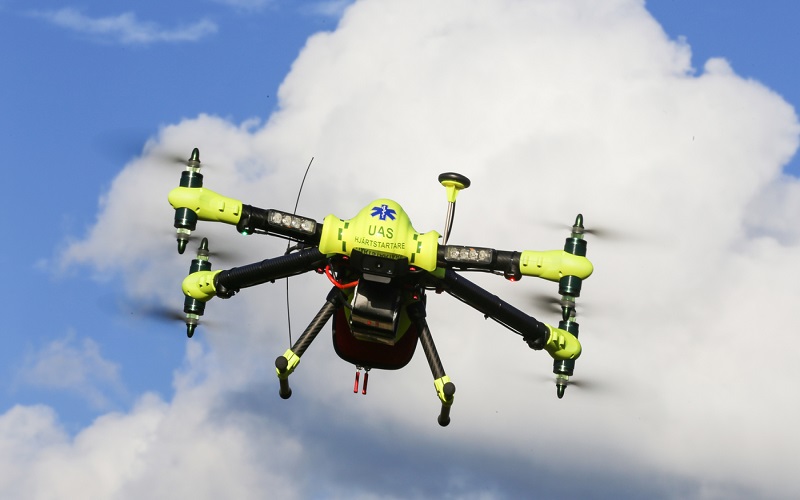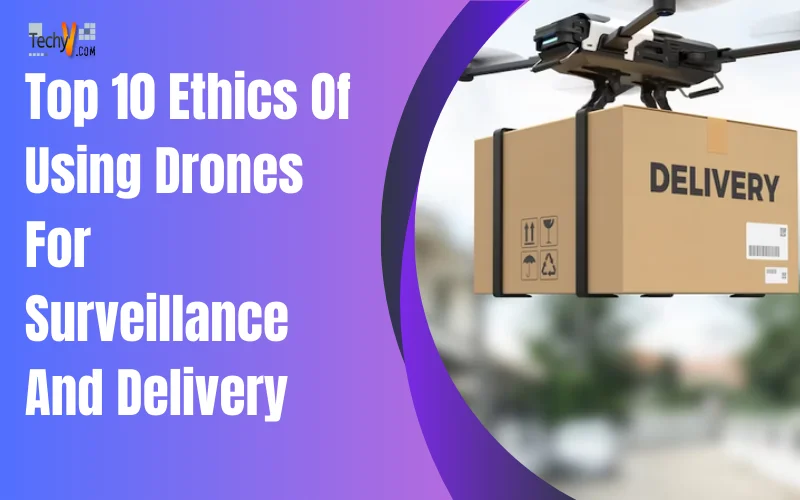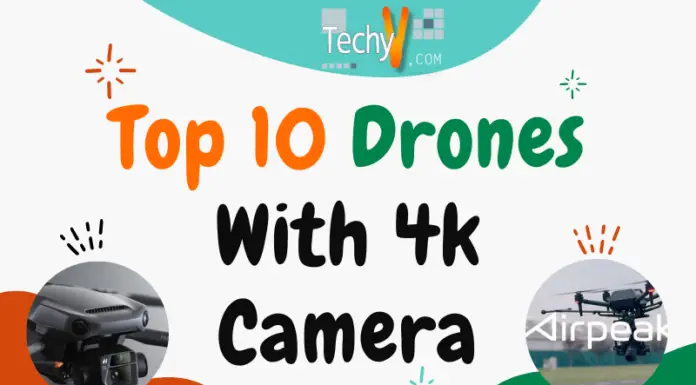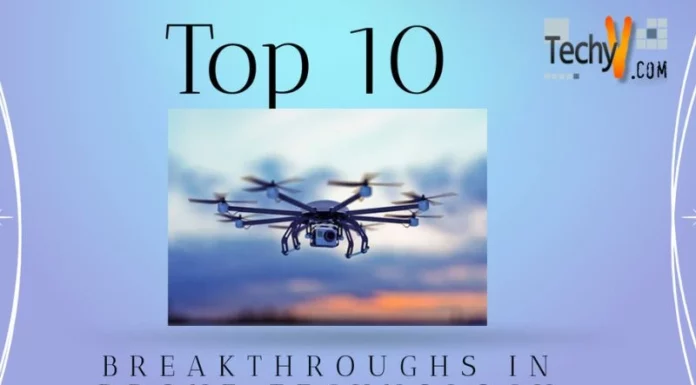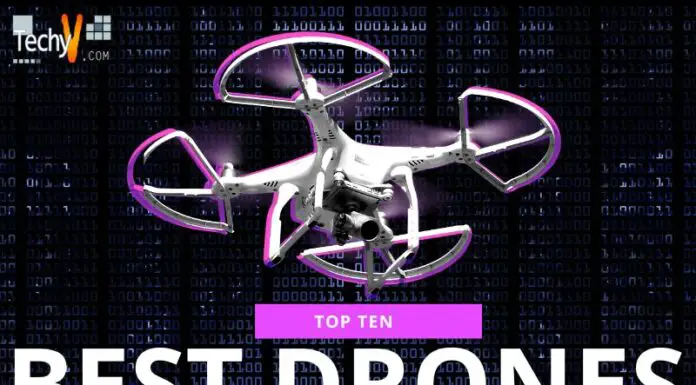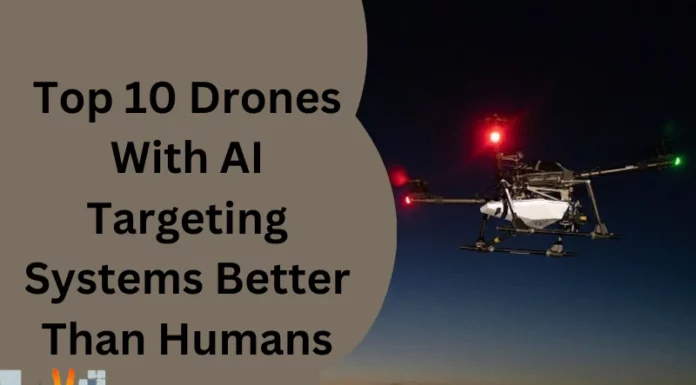The development of aircraft ethics is the growth of drones and their applications, particularly in the United States. The drone is recognized for its capacity to conduct military surveillance overseas, gathering intelligence for hours. The idea of domestic drone monitoring is practical critics of such a strategy highlighted concerns about individuals’ privacy about drones and the information acquired.
1. Cooperation With Manned Civil Aircraft
The lack of a physical pilot onboard raises concerns about drones functioning in airspace shared with manned pilots, efforts to address the issue and concerns regarding the expense of integrating drones. In its code of conduct, the Association for Unmanned Vehicle Systems International specifies unmanned aircraft system that poses a needless danger to humans on the ground or in the air. A rights-based ethical test would concur, stating that individual safety is a right to which it’s entitled.
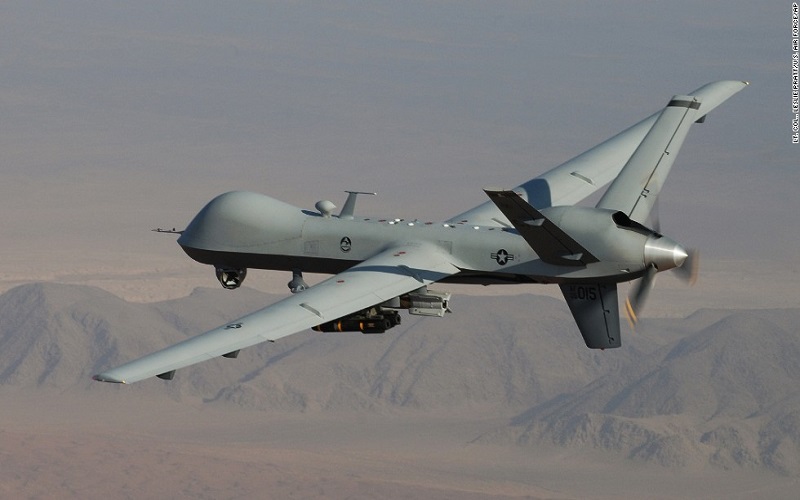
2. Drone Spoofing
A drone is reliant on satellites and other communication technologies to fly as its operator sees fit without a real pilot. The danger arises when the drone loses touch with its navigator or when its navigation is interfered with in a technique known as spoofing. Drones lack designated frequencies and are prone to interference. When communication is lost, the GAO warns that drones lack conventional protocols for air traffic controllers, resulting in a loss in safety. The FAA jeopardise the safety of people and the general public. Spoofing is the impersonation of the Civil Global Positioning System.
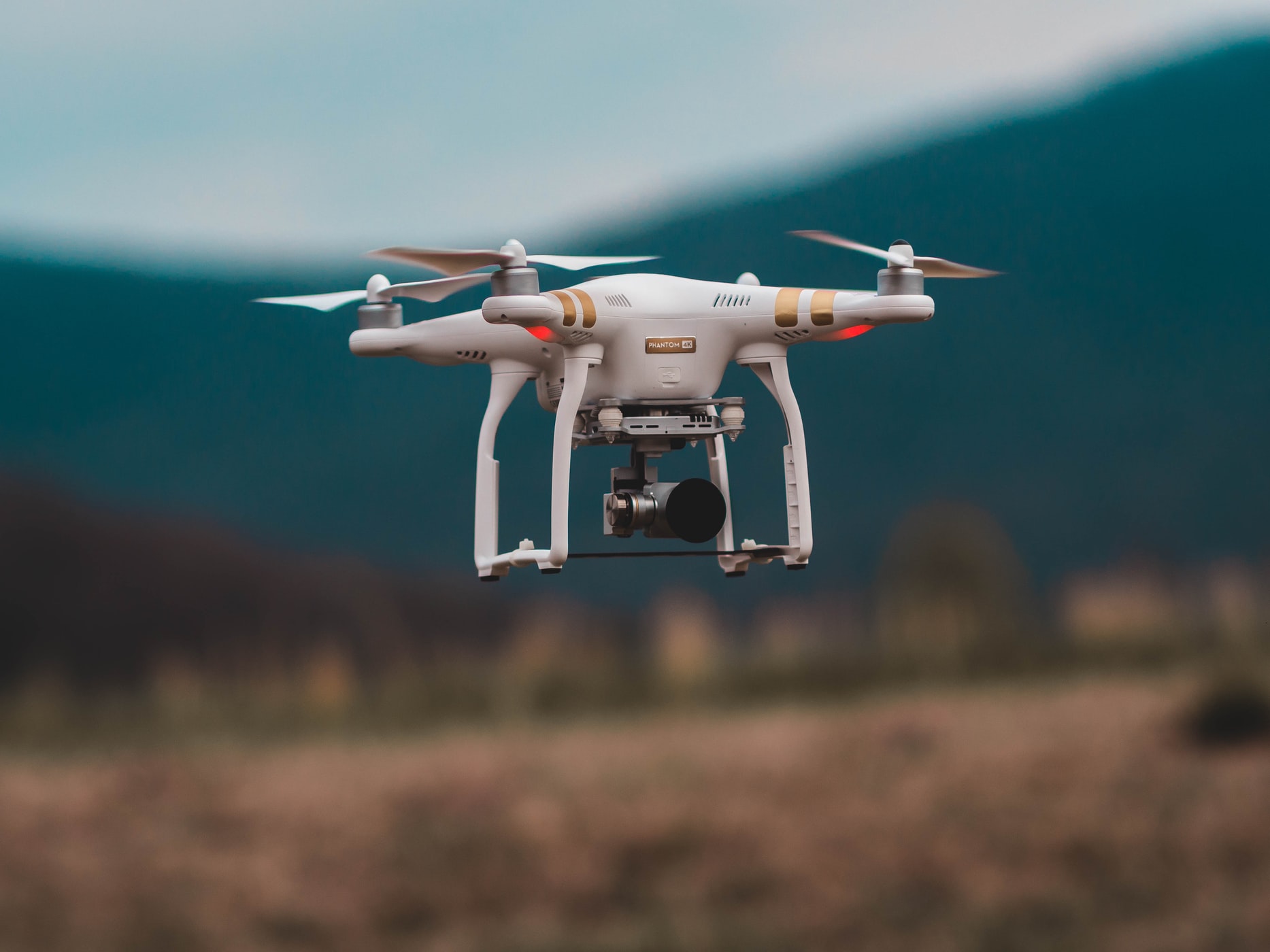
3. Right To Privacy
With the legal precedent applied to drones, privacy groups are pushing for legislation to prevent future drone usage. Simply probable cause is the measure that requires a warrant to safeguard citizens’ privacy from improper monitoring. The International Association of Chiefs of Police recommends engaging the community about potential drone use and limiting the duration of flying time of a drone to preserve residents’ privacy. A rights-based approach to domestic drone monitoring places significant constraints on drones while respecting a person’s right to privacy.
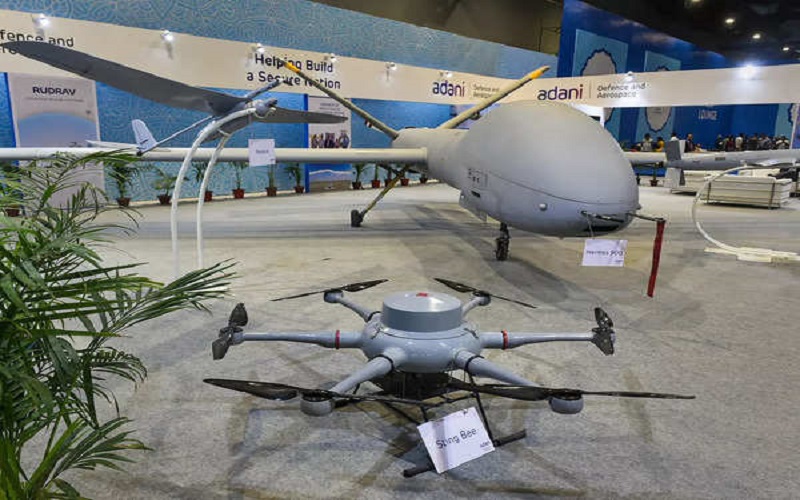
4. Ethical Issue On Military Use
The first ethical issue with drones is their military application. The United States government utilized drones for warfare and spying. In 1999, the Predators, remote drones Unmanned Armed Vehicle, were widely deployed for spying. The predator UAV, equipped with Hellfire missiles, was first tested in February 2001. The UAV was used to murder a suspected Pakistani al-Qaeda member in South Waziristan in 2004.
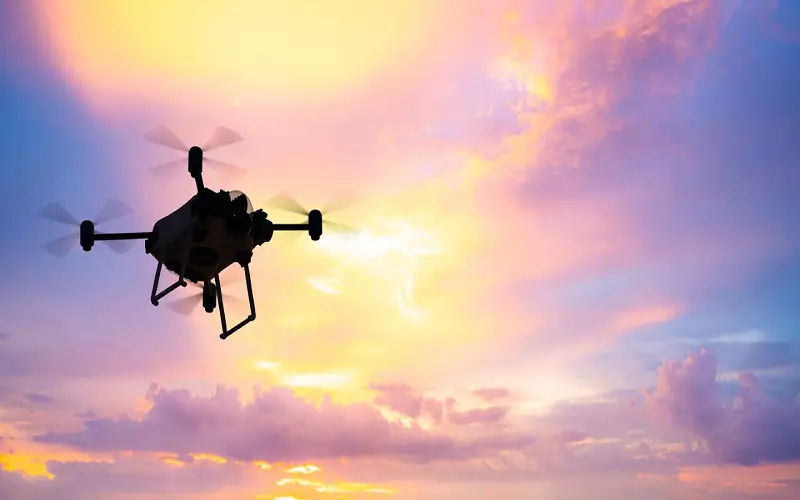
5. Benefits Of Drones For Health Projects
Participants’ accounts of drones for health initiatives indicated advantages to programs, while others surfaced implicitly. These included immediate advantage as improved access to healthcare, improved health services, lower patient expenses, shorter wait times improved healthcare outcomes. Drones for health initiatives provide an indirect advantage that was not the project goal. Building local capability, resolving other challenges, providing infrastructure, similar drone operations, and inspiring personnel were all part of this.
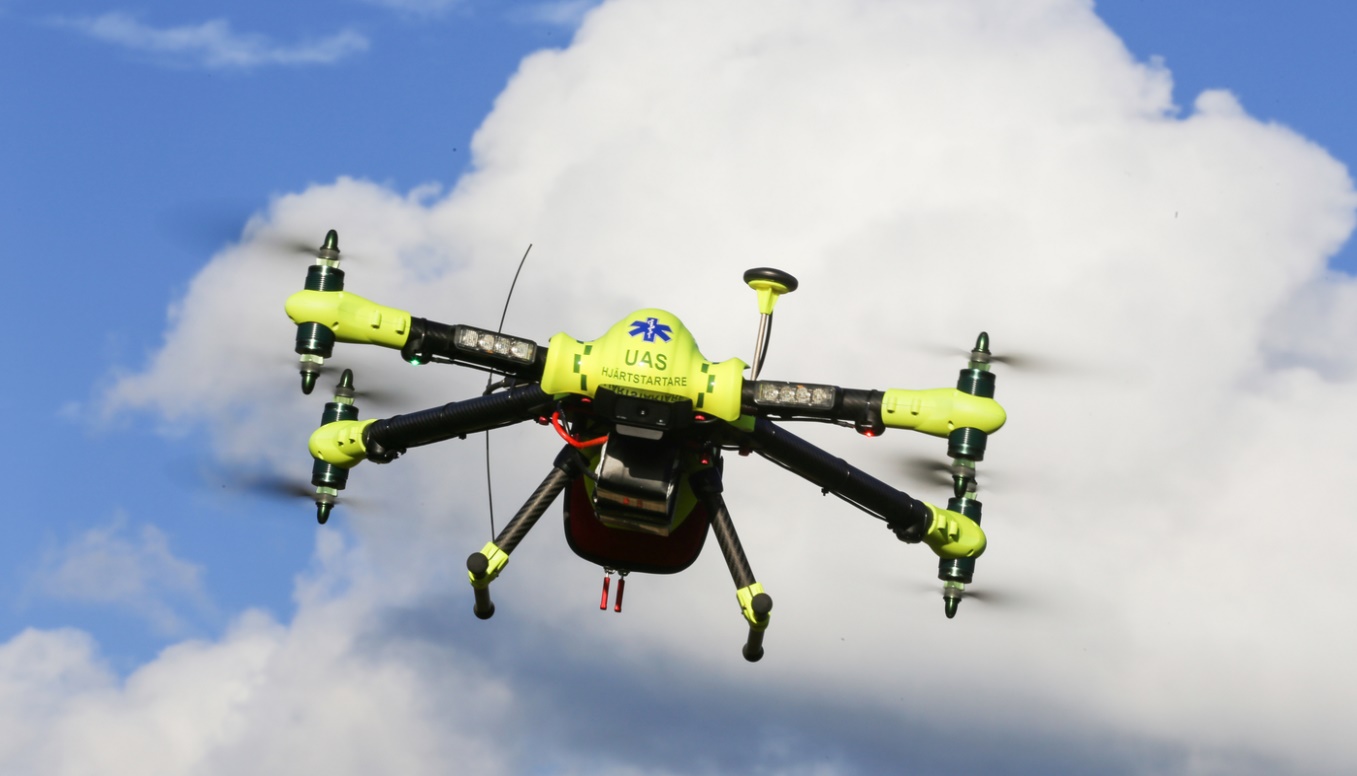
6. Concerns Surrounding The Implementation Of Drones For Health Projects
The usage of drones in healthcare raises several difficulties. During community involvement programs, issues are voiced by participants or noticed by community members, elected officials, healthcare workers, security personnel, or civil aviation organizations. The concerns were issues of privacy, security, and the long-term viability of drones for health initiatives. Several participants raised project-specific problems which are peculiar to the adoption of drones for health in certain regions.
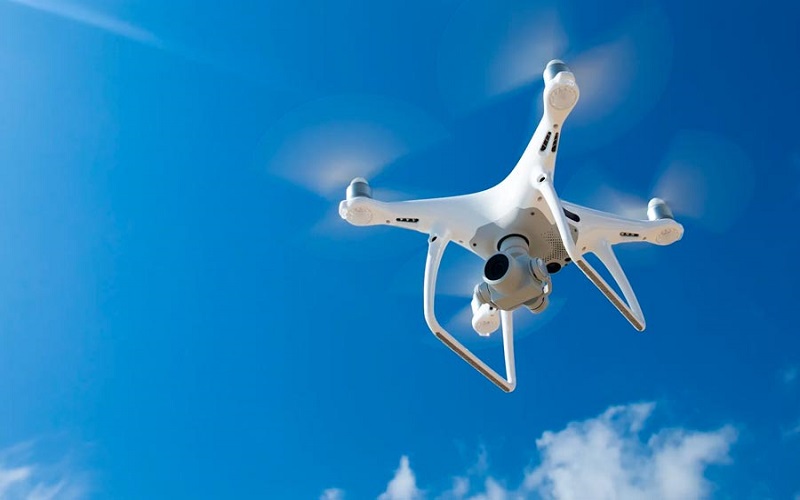
7. Lack Of Resources
A lack of resources is a hindrance to adopting drones for health projects. Time and total finance are recognized as resources for the optimal functioning of specific initiatives. Time restrictions influenced many different parties, including themselves. Time restrictions for the execution of a drone project impacted community participation and chances to optimize drone testing. Participants stated limited chance to fly drones owing to technical challenges, weather conditions, or spending the bulk of time obtaining permits to carry out the project.
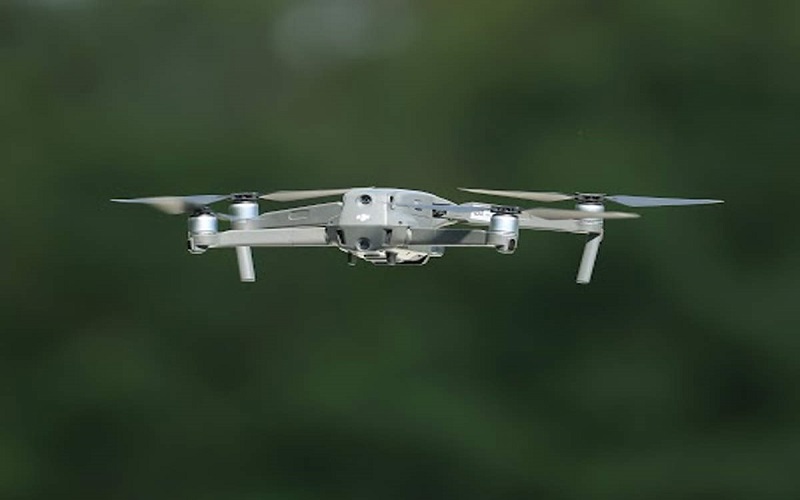
8. Lack Of Guidelines And Regulations
The difficulty highlighted inadequate, non-existent standards and restrictions on drones in the nations. The absence of reference points acknowledged was unclear to implement drones for health initiatives. It established drone usage guidelines limiting the value of frameworks for drones and health initiatives. Participants expressed concern that the generic drone rules did not address health-related safety, privacy, and standard operating procedures for transferring medical supplies and biological samples.
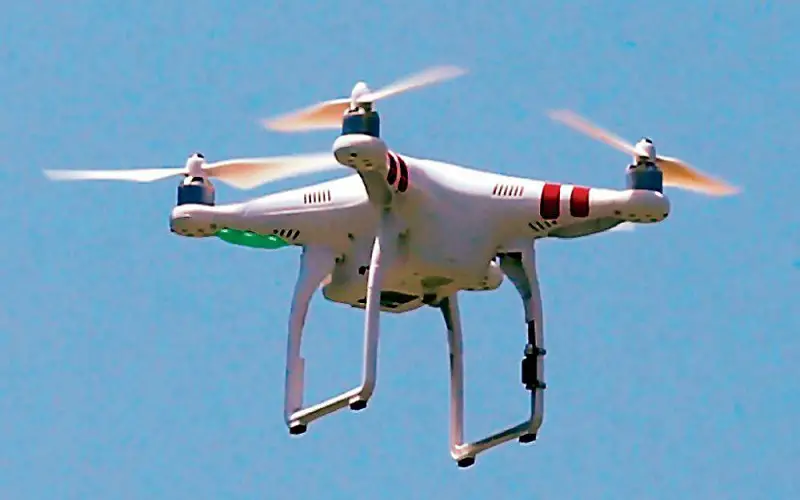
9. Inability To Access Appropriate Stakeholders
Interviewees mentioned difficulties in reaching suitable community stakeholders at the start of initiatives. The lack of phone lines or cellular networks made it hard to notify community leaders of a project before actual presence. Some participants noticed low participation at some of the project’s community information sessions, attributing low turnout to finding adequate sensitization to communities, organizations, and leaders.
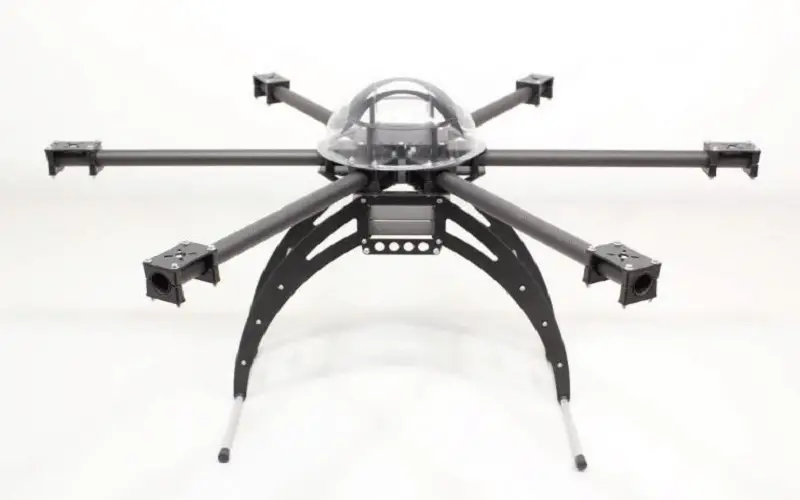
10. Aligning With Community Priorities
Several participants’ descriptions of drones for health initiatives revealed programs that do not suit the demands of the local community. Communities seek answers to issues, research and experiments. The drones for health projects research participants were involved and focused on gathering evidence and assessing the practicality of drones rather than changing the health reality.
